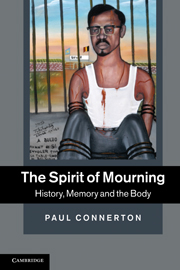Book contents
4 - Spatial orientation
Published online by Cambridge University Press: 05 June 2012
Summary
The body's orientation is patterned by four dyads, and these are cultural universals. All four dyads – above/below, right/left, front/behind, inside/outside – are omnipresent and can never be wholly forgotten by us. The body's morphology is transferred and transformed onto topographical structurings of symbolic classification, and these classifications are decoded and can be read back, because they have their matrix in a set of oppositions located in the human body. Human spatial memory is so powerful because it has this bodily self-aware frame of reference; the primary set of relationships within the network of places is the relationship between these topographic features and the person.
With respect to each of the categorical oppositions just passed in review – above/below, right/left, front/behind, inside/outside – it is possible to generate a wide variety of culturally diverse symbolic classifications which are in all cases precipitated by and refer back to the physical differentiation universally given by the morphology of the human body. In every case it is possible to represent the binary classifications so produced in a two-column schema, listing the oppositions in what is analysed as a dual symbolic classification. This is a mnemonic device, bringing together in a coherent fashion a series of oppositions.
- Type
- Chapter
- Information
- The Spirit of MourningHistory, Memory and the Body, pp. 83 - 103Publisher: Cambridge University PressPrint publication year: 2011



